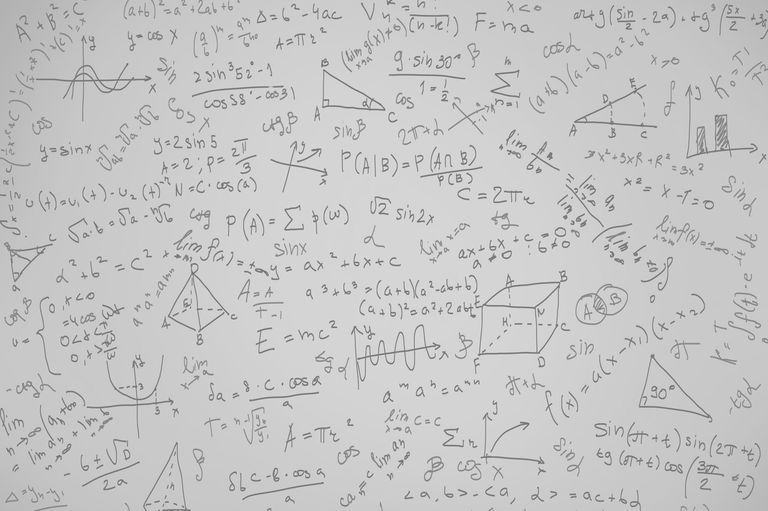Annual Congress SCNAT 2011
«Dimensionality»
«Dimensionality» adds depth to our perception of Nature, broadens the natural sciences, and takes art and architecture to new heights. Simply put: «Dimensionality» makes life fascinating. The congress welcomes all with a curiosity for the natural sciences and architecture.

Dimensionality adds depth to our perception of Nature, broadens the natural sciences, and takes art and architecture to new heights. Simply put: dimensionality makes life fascinating.
This year the Annual Congress of the Swiss Academy of Sciences (SCNAT) – the capstone of the International Year of Chemistry 2011 – will project a lively picture of the interdisciplinary aspects of chemistry and its sister disciplines architecture, biology, maths and physics when confronting «Dimensionality». The consequences for society and culture will become transparent by highlighting the key role «Dimensionality» has played over centuries of human civilisation.
Organiser: Swiss Academy of Sciences, «Platform Chemistry»
IMPORTANT: The conference language is English. A simultaneous translation is not provided.


